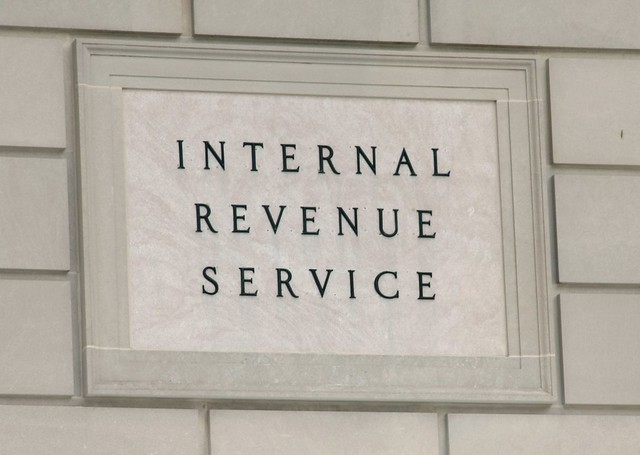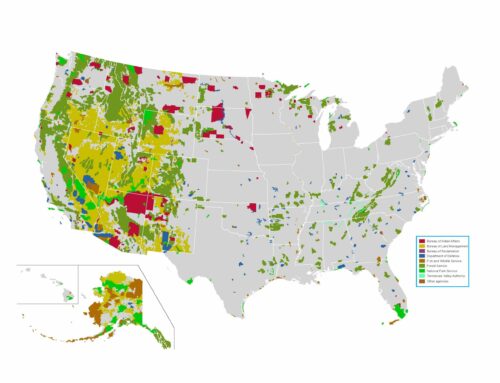by E&E Legal Senior Policy Fellow Greg Walcher
As appearing in The Daily Sentinel
Governments own almost a fourth of the land in the United States, mostly federal, mostly in the West. We often wonder how much is enough, and worry about the constant growth in government ownership. Hundreds of millions are spent every year buying more.
The most valuable private land is often subject to potential suburban development, so efforts to preserve open space are important. But governments can never save all the remaining open space in America by buying all the remaining land. No government will ever have that much money. That is why the growth of conservation easements has been so remarkable, proof that open space can be preserved without government acquisition.
Colorado was an early pioneer in encouraging “conservation easements” on open lands. Now used in almost every state, they recognize the simple concept that farmland has value based on its ability to grow crops, but also has value based on the ability to subdivide and build houses and shopping centers on it. The latter value — the development value — can be purchased by the public, or by nonprofit land trusts, while the original farming value can be retained by the farmer. Thus, landowners sell “development rights” and their property deeds are restricted, effectively prohibiting development forever, in exchange for badly needed cash, or tax credits. Conservation easements are considerably cheaper than buying the land outright and in the end, the public gets what it wants (preservation of the open space) and the property remains in private agriculture.






